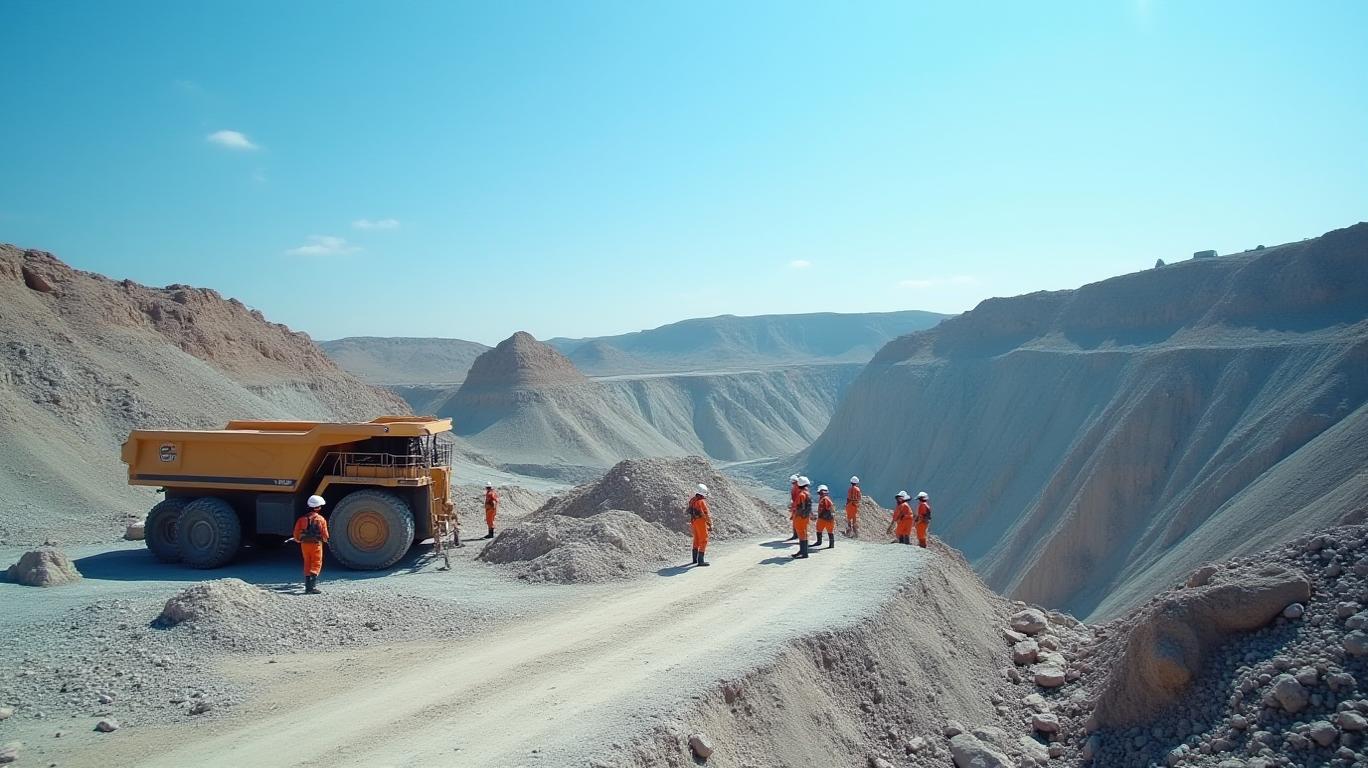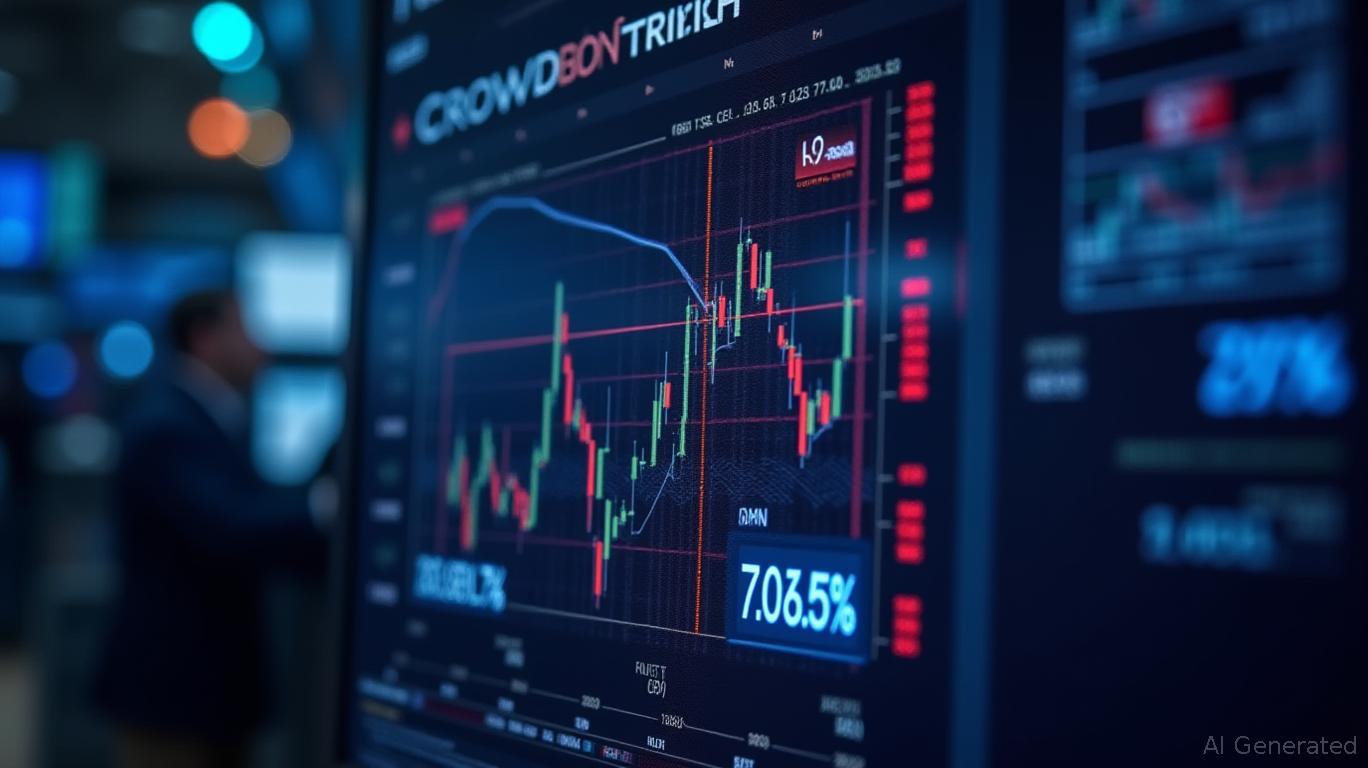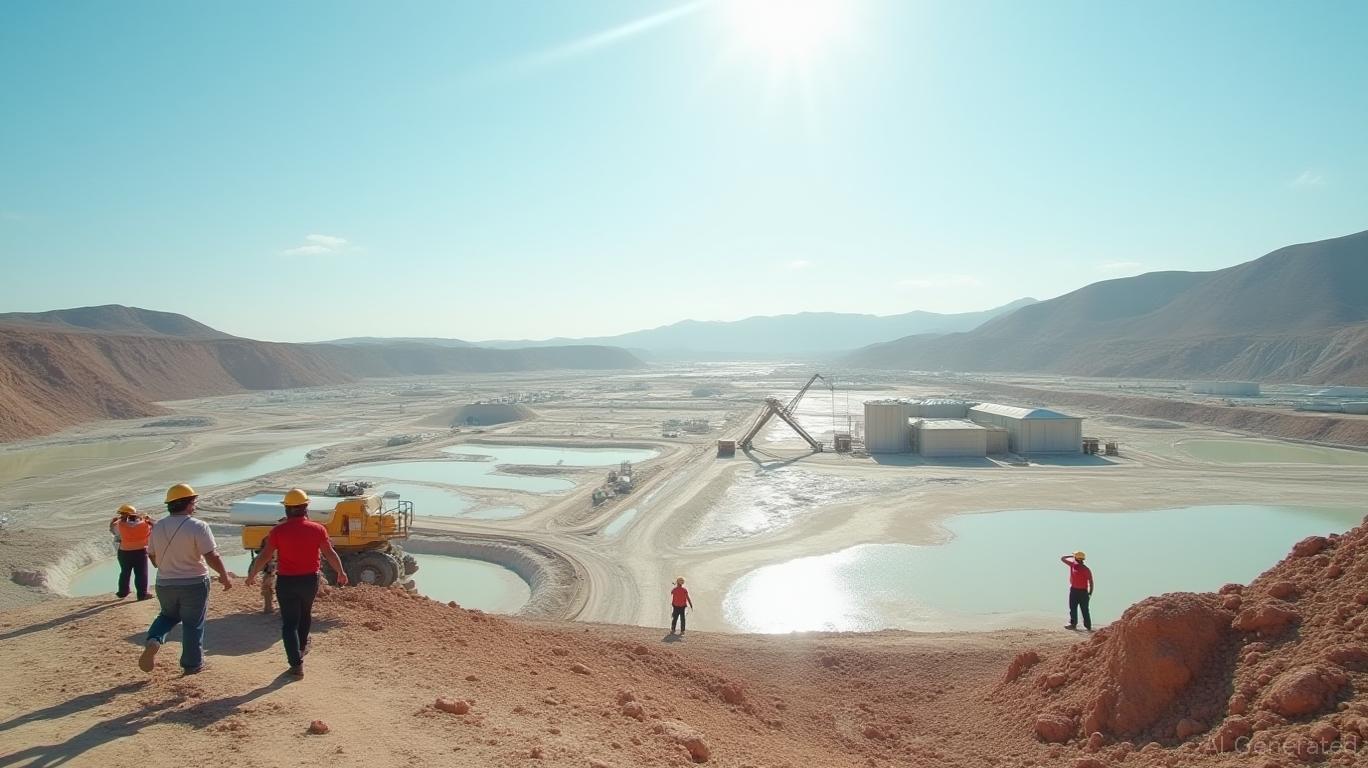The Mineral Rush: How U.S. Fast-Track Mining Permits Signal a New Era of Resource Dominance
The U.S. government’s May 2025 announcement of adding 10 new mining projects to its fast-track permitting list under the FAST-41 initiative marks a pivotal shift toward reshaping the nation’s resource independence. By streamlining environmental reviews and accelerating approvals, the administration aims to reduce reliance on foreign critical minerals—particularly from China—and position the U.S. as a global leader in strategic sectors like clean energy, defense, and advanced manufacturing. This move, part of a broader strategy that includes tariffs on mineral imports, underscores a tectonic shift in resource policy with profound investment implications.
The FAST-41 Initiative: A Blueprint for Speed and Transparency
Launched in 2015, the FAST-41 program is designed to fast-track federal permitting for critical infrastructure projects, including mining ventures. The May 2025 update adds projects like the Minnesota Copper and Nickel Mine (Glencore/Teck Resources) and the Arizona Resolution Copper Mine (Rio Tinto/BHP), alongside lithium and uranium extraction initiatives. Each project is now tracked on the Federal Permitting Dashboard, a tool designed to enhance accountability by publicly monitoring environmental reviews and authorizations in real time.
The strategic focus on minerals such as lithium (for EV batteries), palladium (catalysts for fuel cells), and uranium (nuclear energy) aligns with the U.S. push to secure supply chains for emerging technologies. For investors, this is a clear signal of government support for resource development—a critical factor in de-risking long-term mining projects.
Ask Aime: "Is the U.S. government's FAST-41 initiative set to revolutionize the mining sector and secure national resource independence?"

Key Projects and Their Investment Implications
The 10 new projects span a range of minerals and companies:
- Copper & Nickel (Minnesota): A joint venture between Glencore and Teck Resources targets high-demand metals for EVs and renewable infrastructure.
- Uranium (New Mexico): Energy Fuels’ project bolsters domestic nuclear fuel supplies amid global decarbonization efforts.
- Lithium (Nevada): The McDermitt Exploration Project aims to capitalize on soaring lithium prices, which have surged 400% since 2020.
- Resolution Copper (Arizona): A controversial project with potential to produce 1.7 million tons of copper annually but faces legal challenges over land rights.
Market Dynamics and Growth Opportunities
The U.S. move comes as global demand for critical minerals is set to explode. The International Energy Agency estimates that lithium demand for EVs alone could grow by 30x by 2040, while rare earth metals for wind turbines and defense systems are in similarly high demand.
Investors should also note the geopolitical angle: China currently dominates 80% of global rare earth processing and 60% of lithium refining. By fast-tracking domestic projects, the U.S. seeks to erode this dominance, creating a tailwind for companies like South32 (Zinc-Manganese) and Chemours (Titanium Dioxide).
Risks and Regulatory Hurdles
Despite the bullish outlook, risks remain. The Resolution Copper Mine, for instance, faces lawsuits from the San Carlos Apache, who argue the project violates religious freedoms. Legal delays could add years to timelines, as seen in the Pebble Mine saga in Alaska.
Environmental concerns also linger. The Idaho Stibnite Mine (Antimony/Gold) and Warrior Met Coal Mines highlight tensions between resource extraction and ecological preservation. Investors must assess each project’s ESG profile and regulatory resilience.
Conclusion: A Strategic Play for Long-Term Gains
The U.S. fast-track permitting list is a goldmine for investors willing to navigate its complexities. With 20 projects now under the FAST-41 umbrella and plans for more, the sector is poised for growth. Key takeaways:
- Lithium and Copper: Top picks given EV and infrastructure demand. Projects like McDermitt and Hermosa (already fast-tracked under Biden) offer stability.
- Uranium and Rare Earths: Energy Fuels and companies with rare earth exposure may benefit as nuclear and defense spending rises.
- ESG Risks: Monitor projects like Resolution Copper closely—legal setbacks could dent returns.
The data is clear: critical minerals are the new oil. With the U.S. government backing their development, now is the time to position portfolios in mining equities. For every $1 billion invested in these projects, estimates suggest up to 5,000 jobs created and $2 billion in local economic output, making this a win for both investors and the economy.
As the Permitting Dashboard lights up with progress updates, the message is unequivocal: the era of U.S. resource dominance has begun.
This article synthesizes policy direction, market trends, and project-specific risks to offer actionable insights for investors seeking exposure to the next frontier of resource nationalism.










